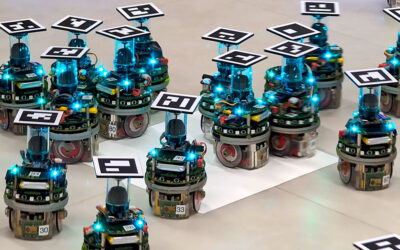In nature, a rapid response to external stimuli can mean the difference between a good meal and going hungry. The selection pressure on these types of mechanisms make them an excellent source of inspiration for robotic systems.
In Advanced Science, Martin Kaltenbrunner from the Johannes Kepler University Linz and his coworkers have taken inspiration from the Venus flytrap to develop a high-speed device for possible applications in soft robotic systems.
The movement of the Venus flytrap relies on mechanical instability within the organism, and the new device operates through a similar principle.
Natural rubber membranes possess an interesting property: during inflation, the volume of a rubber balloon increases slowly until a critical point at which a very small increase in pressure causes a very large increase in volume.
Prof. Kaltenbrunner states: “Our robotic system connects a rubber balloon with a balloon made from a synthetic material. The volume of the synthetic balloon and thus pressure of the coupled system can be controlled by applying a voltage. Since the rubber balloon is very close to its point of instability, it can rapidly expand and contract in a ‘snapping’ motion.”
This behavior was demonstrated in a number of scenarios. These examples show that the system can be used for punching, catching, and gripping.
To find out more about this high-speed robotic system, please visit the Advanced Science homepage.

















